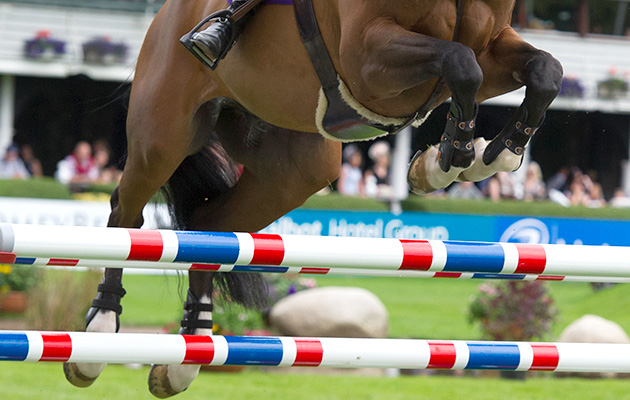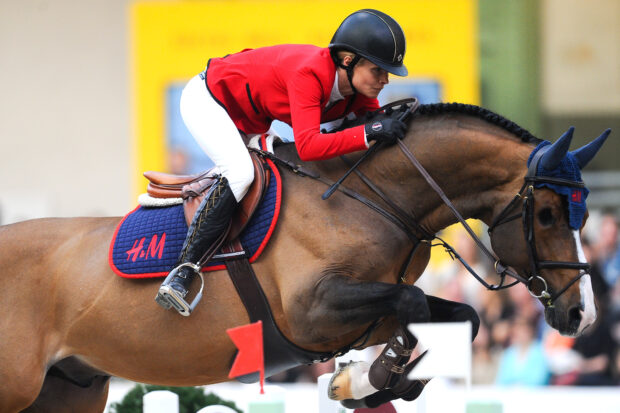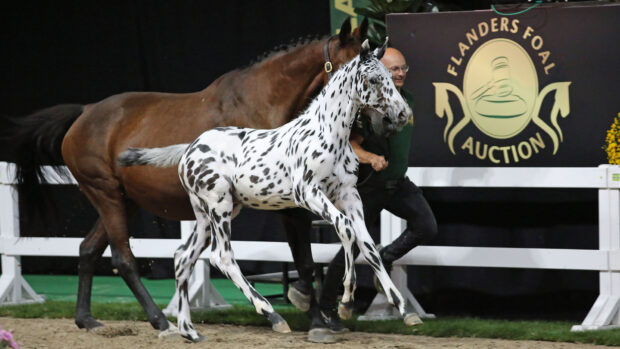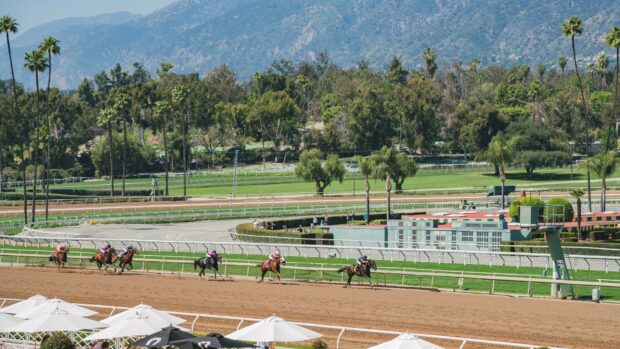In an industry where technical language and acronyms can leave our heads feeling fuzzy, we set the record straight on a few equestrian definitions from across the disciplines
Eventing
CCI
An international three-day event. Confusingly, this is usually held over five days (first horse inspection on Wednesday, dressage on Thursday and Friday, cross-country on Saturday and final horse inspection plus showjumping on Sunday), although it may be cut down to three or four if there are smaller entries. But the dressage, cross-country and showjumping are always on separate days and in that order.
CIC
An international one-day event. Even more confusingly, this may take up to three or even four days, but it can be as quick as one for all phases. The cross-country usually takes place after the showjumping, but occasionally the showjumping may be last. CICs run over a shorter cross-country course for their respective level than CCIs and are generally less prestigious.
Long format/short format
Traditionally long format meant a CCI with roads and tracks and steeplechase on cross-country day, as well as “phase D” (the cross-country). CICs had no roads and tracks and steeplechase. When the roads and tracks and steeplechase started to be phased out of the sport, short format was a term meaning a CCI without roads and tracks and steeplechase, but following the other rules for a CCI in terms of order of phases, technical requirements and so on. These days, long format means CCI (although without roads and tracks and steeplechase) and short format means CIC.
Racing
Bumper
A Flat race for jump horses run under National Hunt rules and ridden by jump jockeys. Their aim is to give young racehorses experience before they go over jumps — either over hurdles or chase fences. Horses trained for the Flat can also run in these races but only if they have never run in a Flat race before.
Maiden
A maiden is a horse who has never won before and they are eligible for maiden races — restricted to horses with no winning form. However, Flat horses who have won on the Flat can still run in maiden races over jumps if they have no National Hunt wins and vice versa.
Hunter Chase
A type of race for horses who have been hunted in the previous 12 months and restricted to amateur jockeys. You will often see experienced point-to-point horses and older racehorses hunter chasing. The pinnacle of the Hunter Chase fixtures is the Foxhunter Chase at the Cheltenham Festival in March.
Off the bridle
A term used to describe a horse who is not travelling well during a race, particularly during the closing stages, and the jockey is having push the horse along. Horses that come ‘off the bridle’ will look to tire and slow down — whereas when a horse is ‘on the bridle’, they are travelling with ease and the jockey is able to stay still in the saddle.
Weigh out
Every jockey has to ‘weigh out’ before riding in a race. This involves the jockeys being weighed by the Clerk of the Scales wearing their riding gear, holding their saddle and weight cloth (which carries the lead), but minus his hat and whip. The role of the Clerk of the Scales is to ensure the jockey’s total weight correctly matches that which the horse is allotted to carry in the race. After a race, placed jockeys have to ‘weigh in’ to ensure their weight equals that which they ‘weighed out’.
Showjumping
Table A1
First round – not against the clock
Second round – not against the clock, those placed equal go into another jump off (also not against the clock)
Table A4
One round against the clock. Competitors placed on faults and time
Table A6
First round – not against the clock. Those jumping clear immediately go to the jump off section of the course.
Jump off round – not against the clock, those equal divide the prize money
Table A7
First round – not against the clock. Those placed first equal qualify for the jump-off.
Second round – against the clock, competitors placed on faults and time
Table A9
First round – the best five scores or all clear rounds qualify for the second round. In the event of equality, faults and time will decide i.e. the fastest four faulters will qualify. All scores carried through to round two.
Second round – against the clock. Competitors start in reverse order of merit from round one.
Table A10
First round – those placed equal first qualify for the jump-off. The second half of the first round is 5-10cm bigger than the first (5cm for national amateur classes, senior classes to 1.10m and pony classes to 1m)
Second round – against the clock, 5-10cm bigger than the second half of the first round (5cm for classes mentioned above).
Like this? You might also enjoy reading these:
HOYS, RIHS, FEI — have we gone acronym mad? Test your knowledge
Two phase competition
Run without interruption, the finishing line for the first phase (seven to nine obstacles) also being the starting line for the second phase (four to six obstacles). Phase one is not against the clock, the second phase is against the clock. Competitors penalised in the first phase are halted after they jump the final obstacle. Competitors not penalised continue the course.
Single phase competition
Faults accumulated over both sections and the second section is against the clock. Competitors jump the whole course (maximum 12 fences overall) unless they are eliminated.
Classes
British Novice: height 90cm
Discovery: height 1m
Newcomers: height 1.10m
Foxhunter: height 1.20m



